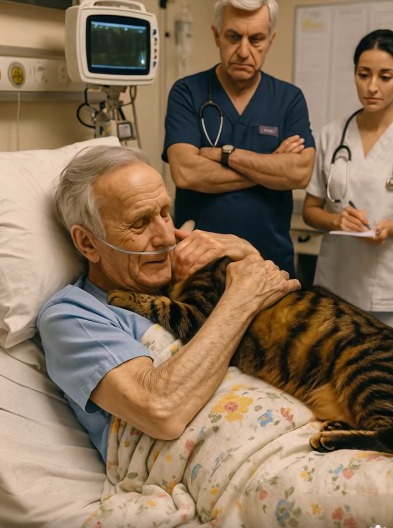A strange metal gadget showed up on the internet and stopped thumbs mid-scroll. Someone posted a picture and asked, “Does anyone know what this odd thing is?” Comments flew in like wild pigeons: bottle opener, old radio part, maybe a tiny torture device from a spy movie. The real answer is quieter, yet every stamp still depends on it.
Long before hearts were sent as emojis, they traveled on paper. Grandparents slipped birthday cards into envelopes, pen pals swapped stories across oceans, and small businesses mailed hand-packed orders with thank-you notes inside. Each envelope had to learn its own weight before it could earn the right little square of glue-backed art we call a stamp. The teacher of that lesson was the postal scale.
The scale itself is modest: a small platform, a pointer, and a face marked in ounces. You set the letter down, the needle wiggles, then lands on a number. That number tells you how much love, news, or merchandise costs to send. No batteries, no beeps, no updates—just gravity doing honest math. Kitchens, offices, and corner shops once kept these scales within arm’s reach the same way we keep phone chargers today.


